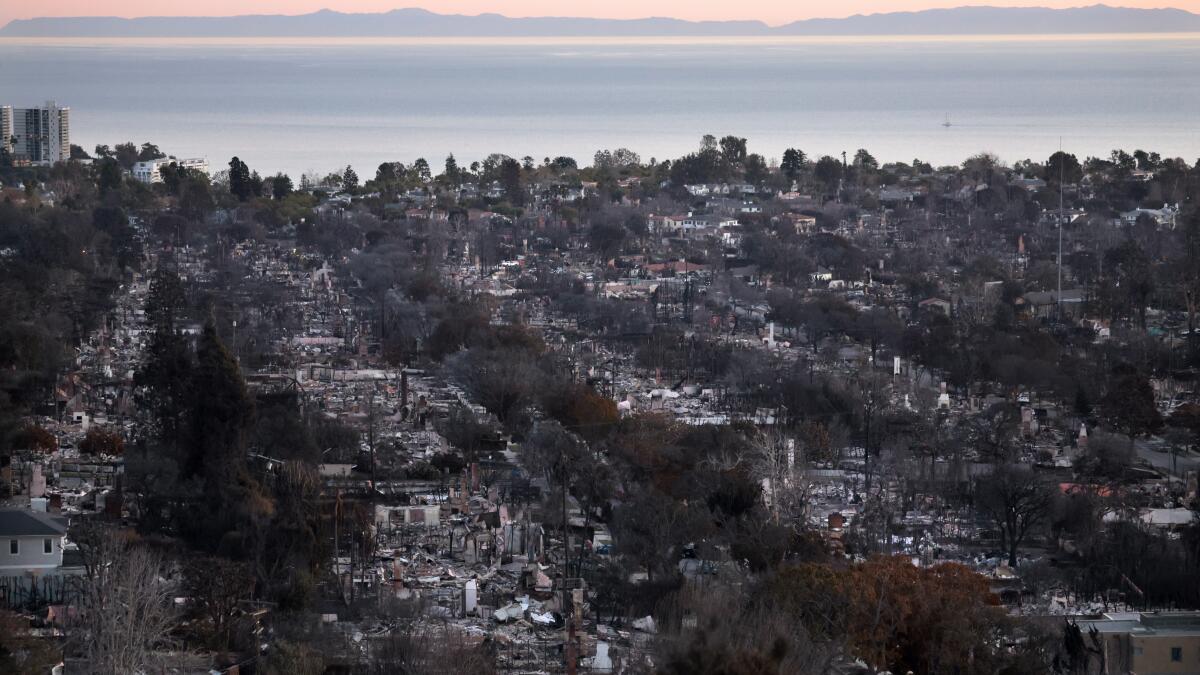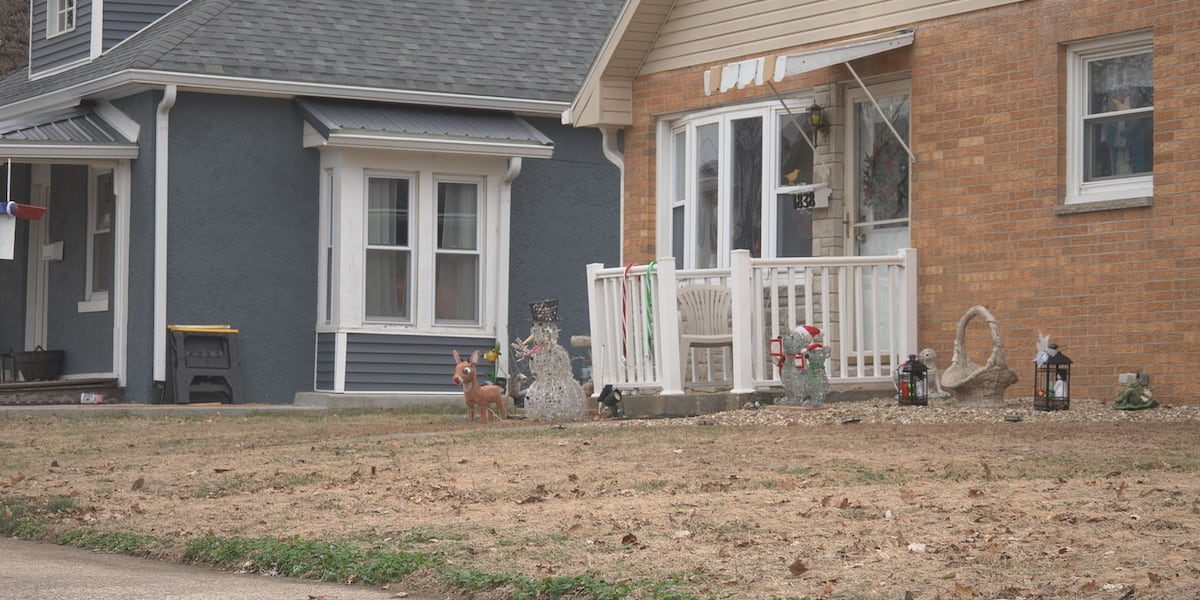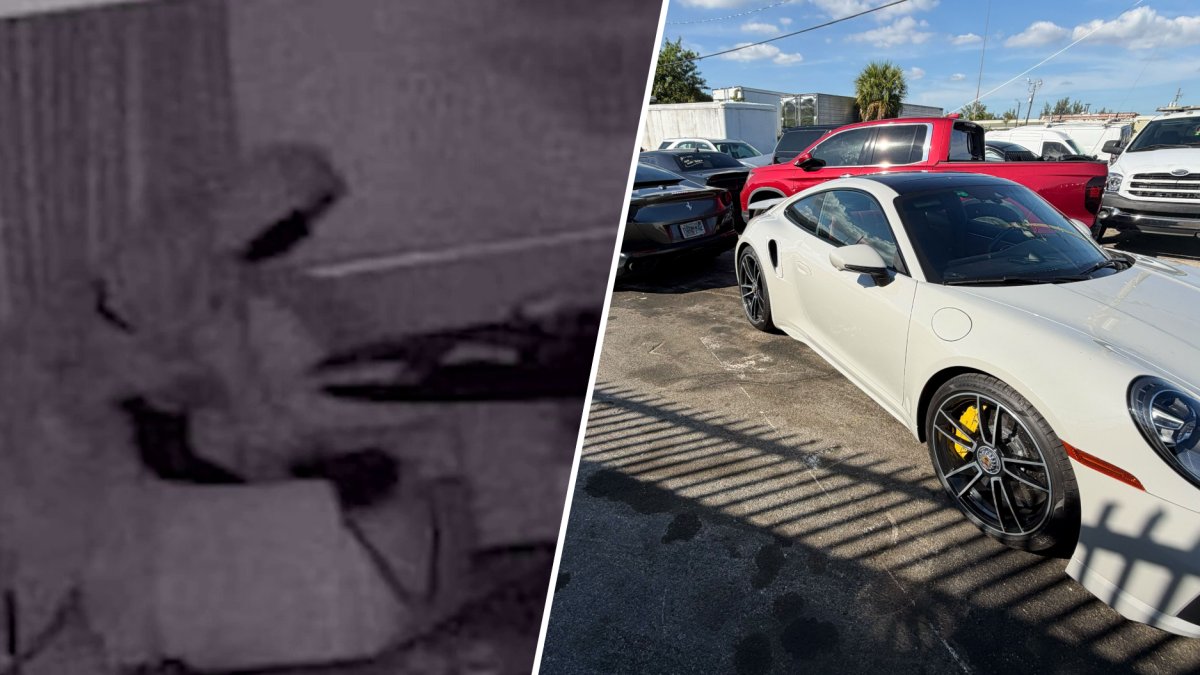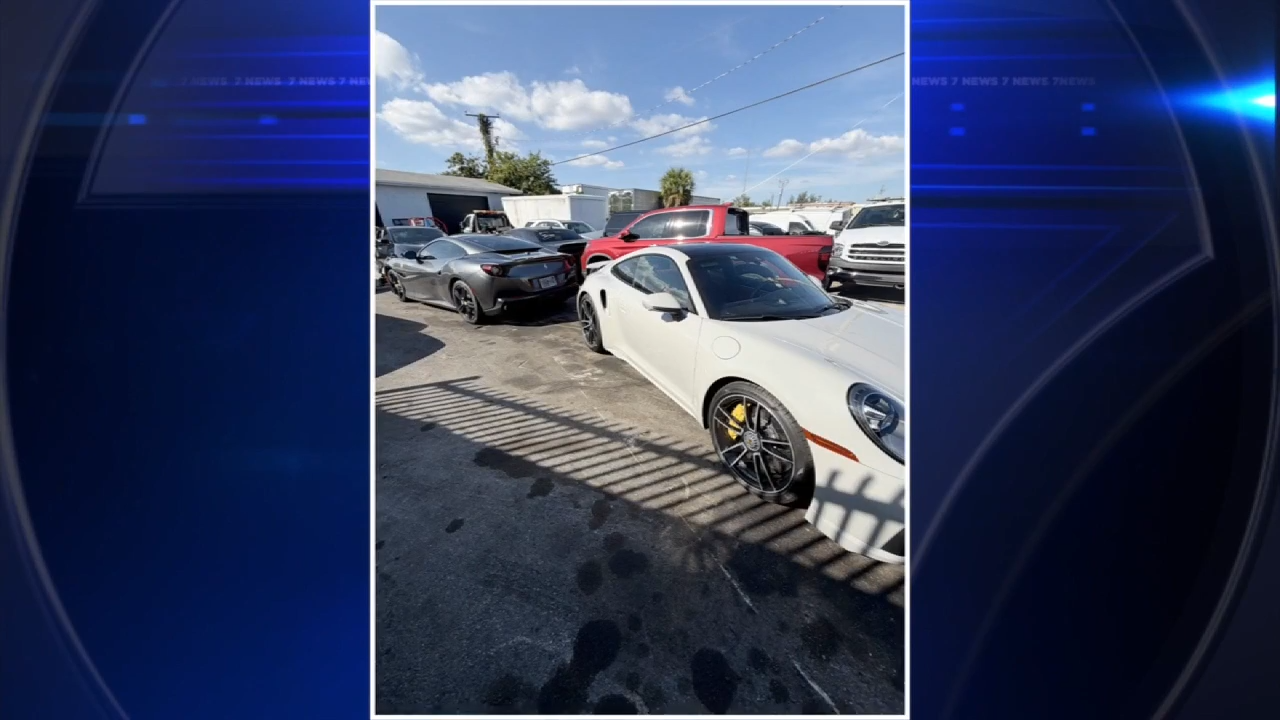R
eal estate losses from the Palisades and Eaton fires could reach $30 billion, with government agencies that rely on tax revenue facing annual losses of $61 million or more while homes are rebuilt. A Times analysis compared Cal Fire's assessments to Los Angeles County Assessor parcel records, revealing the extent of the damage in both communities.
The fires destroyed structures on 56% of properties in Pacific Palisades and nearly half of those in Altadena. Over 300 commercial buildings were lost, including churches, schools, and hospitals. The biggest impact was felt by homeowners, with just under 13,000 households displaced from nearly 9,700 single-family homes, over 2,000 duplexes and bungalow courts, and 373 mobile homes.
About half of the destroyed single-family properties did not have a homeowner's exemption, suggesting they were rentals. This raises concerns about the sustainability of affordable housing in both communities. Los Angeles Housing Department records show that 770 rent-controlled units were destroyed in Pacific Palisades, which will be lost as affordable housing if their replacements do not fall under the city's rent stabilization ordinance.
In Altadena, hundreds of renters occupied clusters of single-family bungalows or cottages on a single parcel, a type of housing no longer allowed under current zoning. However, a county ordinance adopted after the 2018 Woolsey fire allows owners to rebuild like-for-like. Some may lack the financial resources to do so.
The losses extended across L.A.'s economic spectrum, with 79 single-family homes valued at over $10 million lost in the Palisades fire zone. The median value was $3.7 million, while Altadena's median value of $1.2 million was higher than all of Los Angeles County by a quarter of a million dollars.
The Times estimate of losses for homes rated as destroyed or up to 50% damaged is $22 billion in Palisades and $7.8 billion in Altadena. This represents only a fraction of the total cost, estimated at up to $272 million by commercial weather forecasting company AccuWeather.
Property owners will eventually recoup some or all of their losses through insurance or selling off the land. However, for those like Christine D., who lost her home and is over 80 years old, rebuilding may not be feasible in five to six years. The county is investigating ways to incentivize owners to rebuild, including providing alternative housing options.
Taxing jurisdictions will bear the burden of lost taxes, with Los Angeles County losing $13 million per year and the city of Los Angeles standing to lose $9 million annually. Agencies will also face delays in receiving tax payments due to Gov. Gavin Newsom's order allowing property owners to defer payments until 2026. The road to normalcy could take years, with only about half of homes rebuilt after the 2018 Woolsey fire by 2024.














